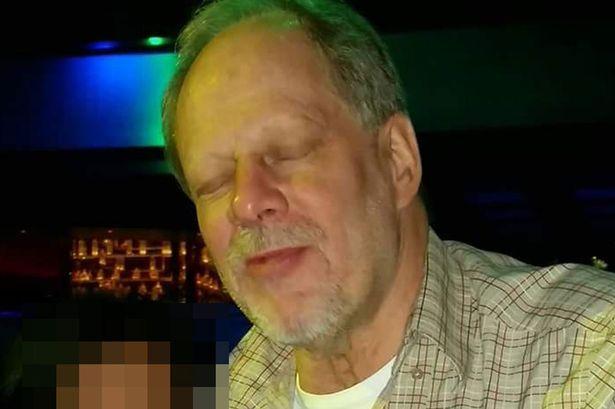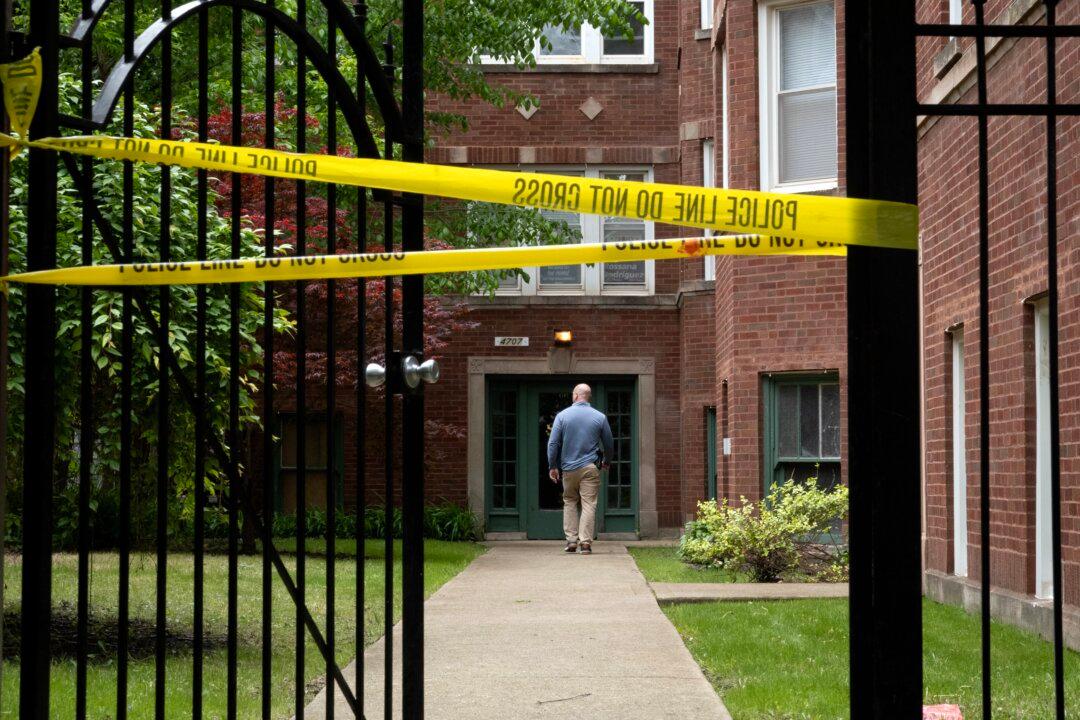Investigators are looking at the brain of Stephen Paddock on Monday, Oct. 16, to see if any undetected conditions caused him to carry out the worst mass shooting in U.S. history earlier this month in Las Vegas.
Paddock, 64, is accused of killing 58 people and injuring more than 400 on Oct. 1, as he rained bullets down on a crowd of concert-goers at a nearby country music festival. Officials said that he opened fire from the 32nd floor of the Mandalay Bay hotel and casino.
“There will be no stone left unturned in this process and this is the next logical step,” ex-Clark County Coroner Michael Murphy told FOX5 Las Vegas.
A coroner in Las Vegas said Friday that his body was transported to Stanford, located in the Bay Area, California, for further evaluation.
A motive for the shooting has not been established.
Paddock’s autopsy was carried out, but the cause and manner of his death aren’t expected for weeks or months, Clark County Coroner John Fudenberg told Fox. Fudenberg said he’ll look at the results of multiple forensic analyses at Stanford.
His body will be returned to his family after the test results come in.
Clark County Sheriff Joseph Lombardo, who oversees the Las Vegas police department, told reporters that gunman Stephen Paddock shot at Mandalay Bay hotel security guard Jesus Campos outside his room on Oct. 1 at about the same time he opened fire on the more than 20,000 concertgoers at an outdoor venue.
Previously, police said that Paddock shot Campos six minutes before he started firing on the crowd, raising questions as to whether police and hotel security could have acted faster to prevent casualties in the attack.
“Nobody is attempting to hide anything. The dynamics and the size of the investigation require us to go through voluminous amounts of information in order to draw an accurate picture,” Lombardo said of the changing timeline.
The police account is similar to one given on Thursday by the hotel operator MGM Resorts International (MGM), which said in a statement that Paddock opened fire on Campos and the crowd at the same time or within 40 seconds, Reuters reported.
Campos was shot in the leg when Paddock strafed the hallway with about 200 bullets, police said.
Paddock, who placed cameras in the hotel hallway to monitor activity, also injured 546 people before killing himself. No motive for the attack has been made public.
The third timeline could affect claims brought by some victims that depend on the hotel’s allegedly delayed response after Campos was shot. One attorney told Reuters MGM may have acted quickly but questioned whether “reasonable precautions” were in place.
Most of the wounded have been discharged from hospitals, but 45 were still hospitalized, some with critical injuries, Lombardo said.





